The State Museum of the History of Uzbekistan was established in 1876 and serves as a major scientific research center for the preservation and study of the material and spiritual monuments of the peoples of Uzbekistan and Central Asia.
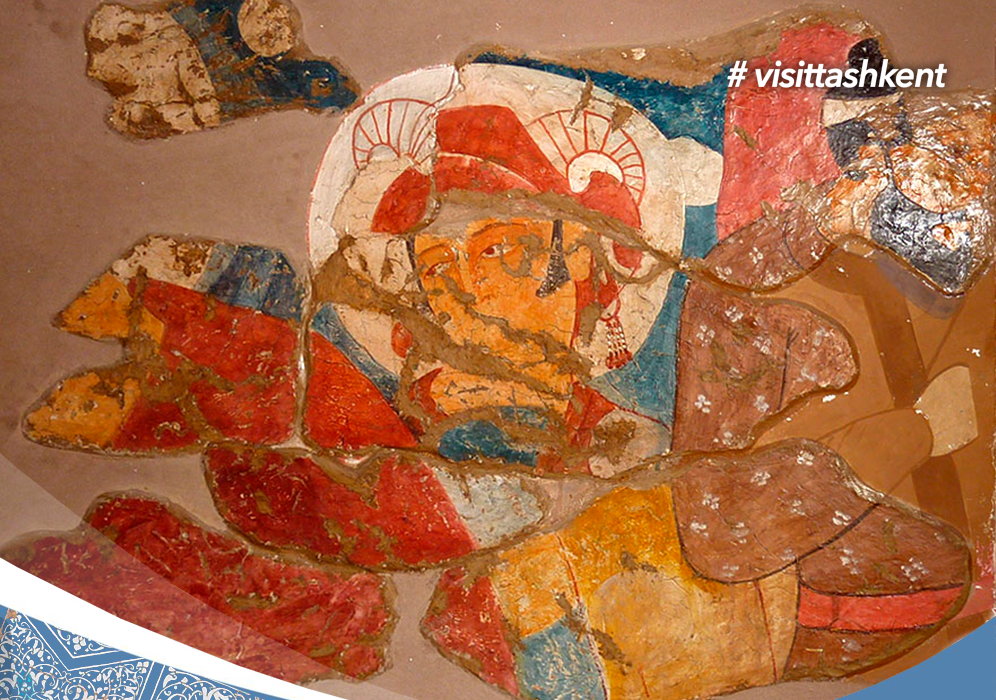
The museum's reserve, located in the capital, houses about 250,000 historical, artistic, and cultural artifacts. Today, we will discuss the Fayoztepa monument, which is one of the exhibits in this museum.
Fayaz Tepe, located north of Karatepa outside the city walls of Termez, is the grandest Buddhist structure in the region. A general analysis of the monument's architectural design indicates that it was built according to a unified plan, involving some of the most advanced architects and builders of the time.
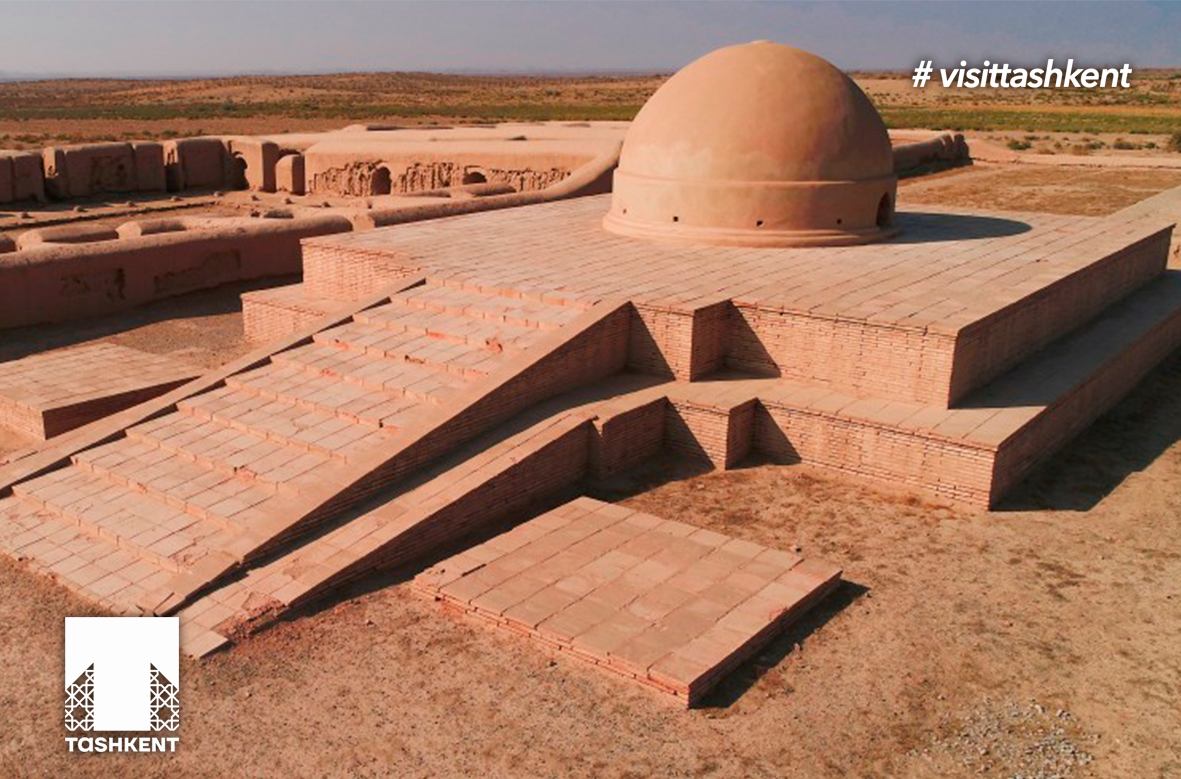
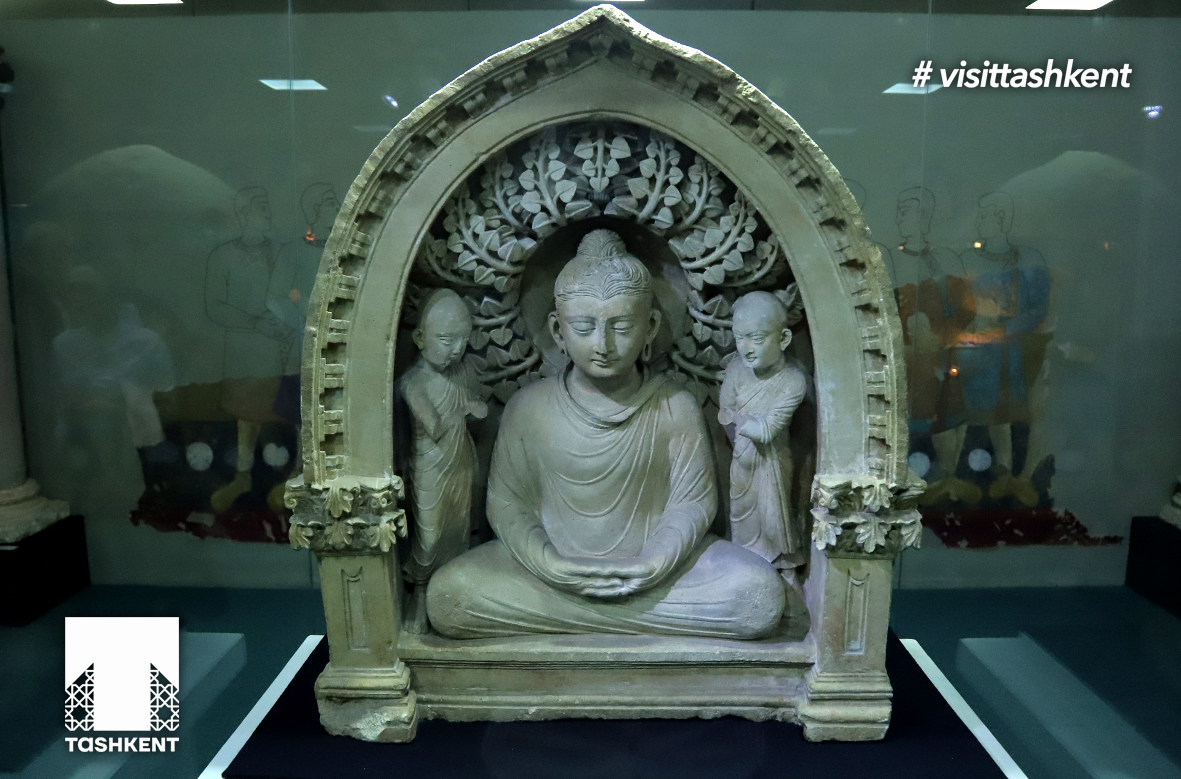
The architects and the Buddhist community envisioned the temple as a single building consisting of three architectural sections, each serving specific purposes outlined in the project. The total length of the building is 117 meters, with a width of 34 meters.
The design of the temple is characteristic of Bactria, featuring rooms and porches surrounding a central courtyard. A massive stupa is located in the northern section of the building. The lower portion of the temple walls is constructed from straw bricks, standing about half a meter high, while the upper part is made of square raw bricks. The flat roofs of the buildings are topped with domes.
The central core of the prayer complex consists of a rectangular courtyard with a porch and 20 rooms arranged around it. The pillars of the porch are supported by intricately carved Attic-style bases. The walls of the porch, along with the southwestern section where the temple entrance is located, are adorned with elaborate thematic paintings. Within the temple porch, there is a special synagogue measuring 6 x 6.1 meters.
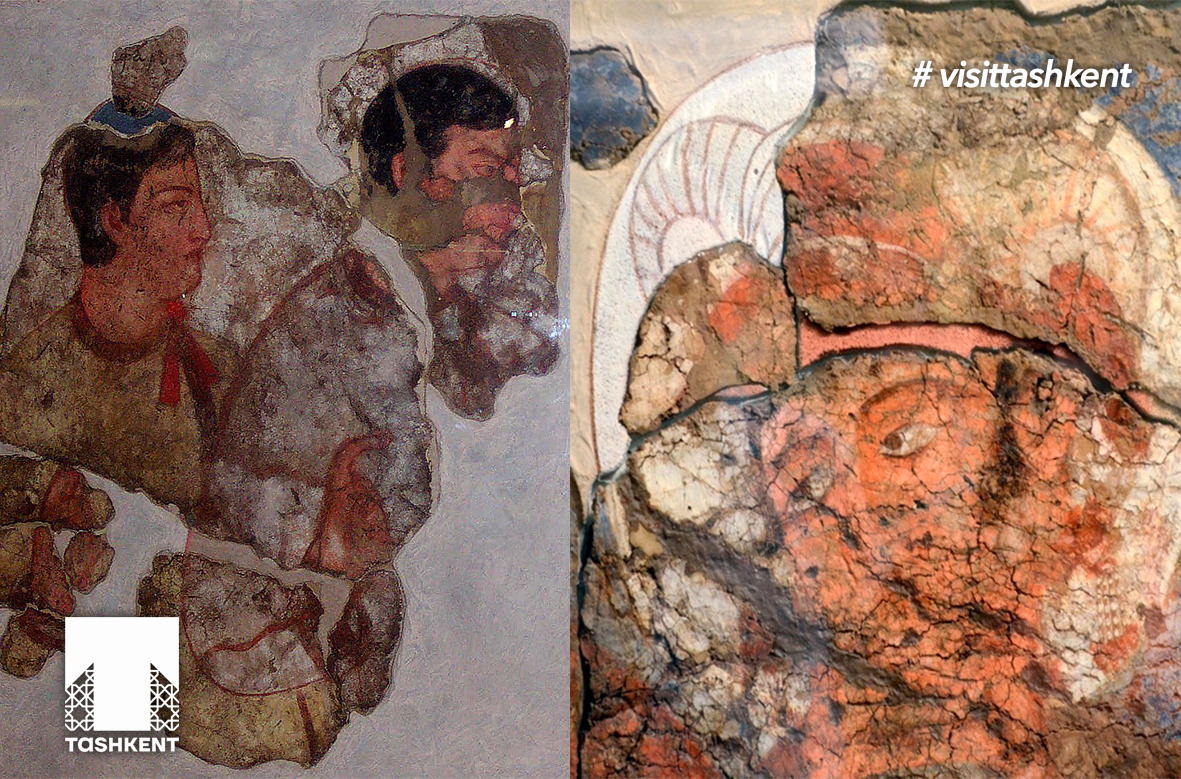
The walls of the temple, except for the southwestern section which is painted black, feature thematic paintings. In the southeastern part of the temple, two standing Buddha images are depicted on white circles, accompanied by three women. Nine figures are illustrated on the northwestern wall, although only the lower section has survived. Experts suggest that the Kushan king Kanishka may be depicted at the center of this composition.
Clay statues of Buddha and bodhisattvas are housed within the temple. The "heart" of the temple is undoubtedly a carved white limestone statue of Buddha seated under a sacred bodhi tree, with golden water surrounding it. On either side of this statue are high-relief images of standing monks gazing at the "Great Teacher." This entire composition is framed by an arch supported by Corinthian-style pilasters. The hands of the Buddha represent the gesture of "dhyana-mudra," symbolizing meditation.
The high level of craftsmanship displayed by the sculptor who created this trio is evident in the overall composition, the technique of representation, and the portrayal of the classical image of the Buddha in a state of tranquility and spiritual calm.
The Buddha’s gentle smile, elongated earlobes, tuft of hair on the crown of his head, and an urn depicted between his eyebrows all contribute to the serene image. The deity is adorned with a sanghata cover.
The high-relief iconography of Fayoztepa does not have direct parallels with Indian Buddhist visual art. It is believed that this piece was sculpted by an artist from Bactria, likely from Tarmita-Termiz, who was well-acquainted with the traditions of the Gandhara school of Buddhist sculpture.
This stone relief, depicting Buddha and the monks, is positioned on a low platform in the center of the southwest wall of the temple. This placement sets it apart from the other three walls, which are painted black. Ancient decorators were clearly aware of how the sculptural composition, featuring the Buddha at its center, contrasts strikingly with the deep black color.
The statue is situated next to the southern wall in such a way that the eyes of those entering the temple are immediately drawn to the enigmatic face of the "Great Teacher," enhancing the feeling of spiritual connection.
Tashkent Tours
Interested in being shown around Tashkent by a friendly and knowledgeable local guide?
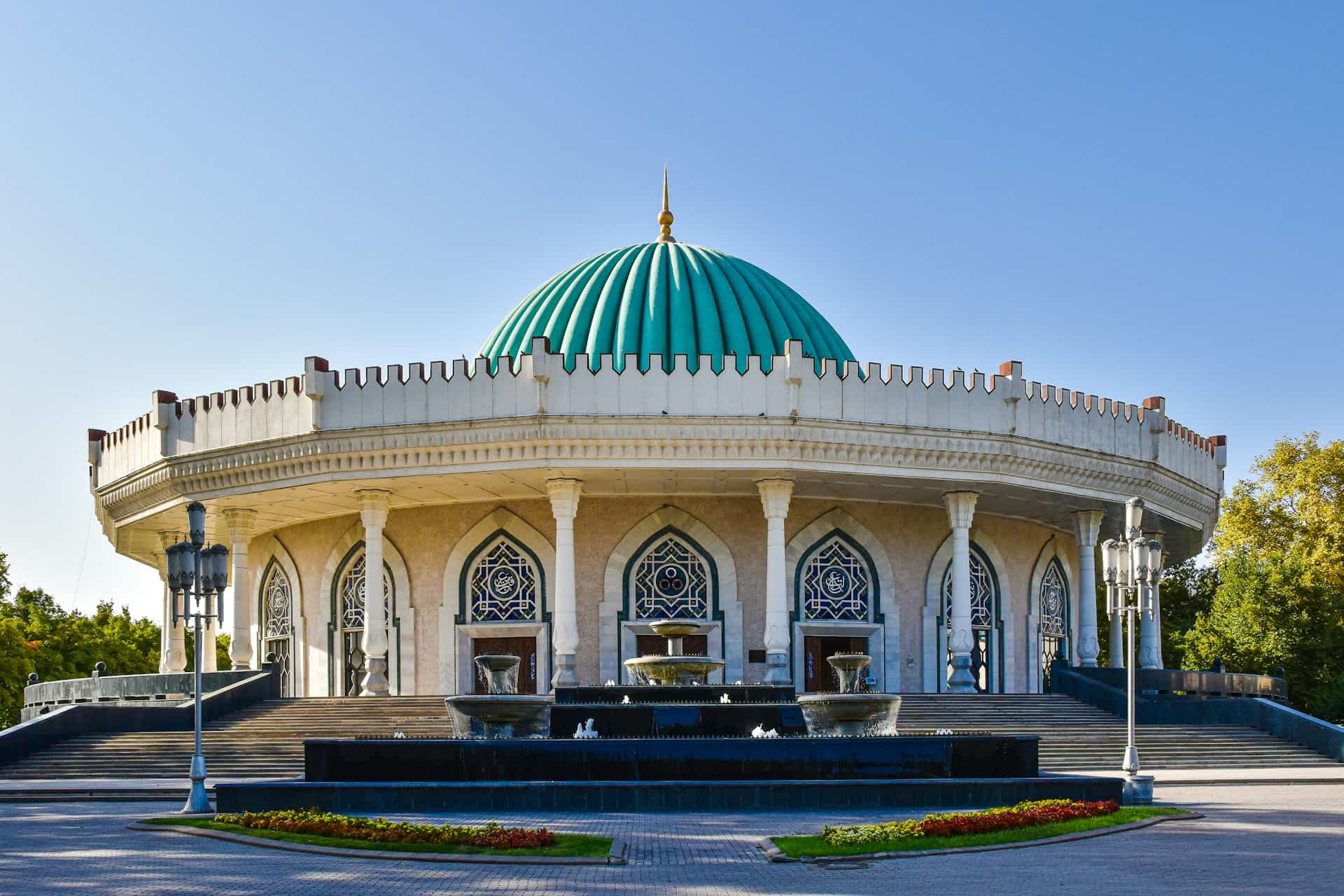
We offer some of the most affordable tours in Tashkent, led by professional and experienced guides.
Our tours include:
- City walking tours exploring Tashkent’s history, culture, and architecture
- Day trips from Tashkent to Samarkand and other cities of interest
- Scenic mountain tours to Chimgan, Charvak, and beyond
Whether you’re looking to explore Tashkent’s rich urban history or escape to the countryside, we provide some of the best value-for-money experiences in the city.